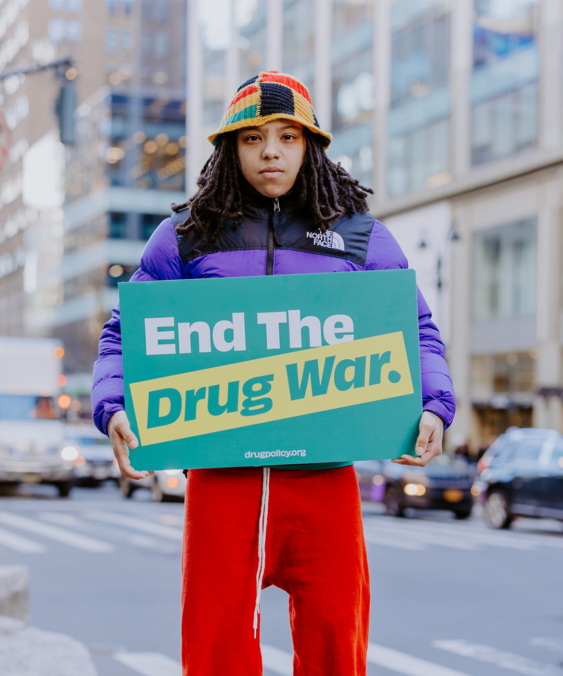SACRAMENTO, CA—Today, Assemblymember Richard Bloom’s overdose prevention bill (AB 1535) to expand access to naloxone in pharmacies cleared the Assembly floor vote with unanimous, bipartisan support. The bill now heads to the Senate. Advocates are applauding legislators coming together in agreement on the importance of expanding access to the lifesaving medicine that reverses the effects of opiate drugs, preventing fatal drug overdoses.
“The overwhelming support for the bill in the Assembly reflects the rapidly growing public awareness that naloxone is a safe and effective means of preventing overdose deaths,” said Assemblymember Bloom. “As the bill moves on to the Senate, I am optimistic that soon, many more families will be spared from experiencing the loss of their loved ones who struggle with opiate addiction and misuse."
The bill would permit pharmacists to furnish the lifesaving drug to family members; people who may be in contact with a person at risk of an opiate overdose; or to the patient requesting it, pursuant to guidelines to be developed by the state’s boards of pharmacy and medicine. It also ensures proper education and training for both the pharmacists and the consumers.
“Empowering pharmacists to help families prevent overdose fatalities is a low-cost way to start tackling our state’s overdose problem,” said Meghan Ralston, harm reduction manager of the bill’s co-sponsor the Drug Policy Alliance. “It’s a simple way to attack the problem at a community level.”
“We applaud Assemblymember Bloom for his proactive approach to reducing deaths and injuries resulting from opioid overdoses,” said Jon R. Roth, CEO of the California Pharmacists Association, co-sponsoring the bill with the Drug Policy Alliance. “Pharmacists are the most accessible health care providers and AB 1535 will make it easier for them to furnish this life-saving drug to patients who need it.”
Family members of young people who lost their lives to opiate overdose, or who struggle with opiate addiction were vocal—and emotional—in their support for Bloom’s bill.
“This is so encouraging because it really shows us that both Republicans and Democrats care about the struggle and tragedy of thousands of California families,” said Gretchen Burns Bergman, founder of A New PATH (Parents for Addiction Treatment and Healing). “A New PATH is proud to represent the voices of so many of those families in this effort to pass this bill,” she added.
Naloxone was approved by the FDA in 1971 and has been used in emergency rooms and ambulances for decades. It is generic, non-narcotic, non-abusable and works within minutes to restore breathing in people overdosing on opiate drugs such oxycodone, hydrocodone and heroin. It can be administered either intramuscularly via injection or intranasally via a nasal atomizer attached to a syringe.
In 2009, more than 3,500 Californians died from an accidental drug overdose. Research published by the US Centers for Disease Control and other federal health agencies shows that laypersons with naloxone can immediately reverse a potentially fatal overdose in addition to calling 911 or seeking emergency medical assistance. California’s ‘911 Good Samaritan’ law provides limited legal protections for witnesses seeking medical help at the scene of an overdose.
###


